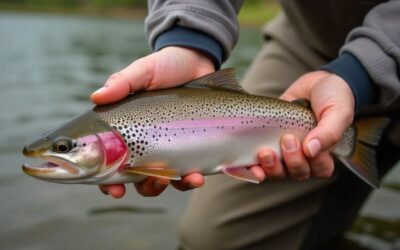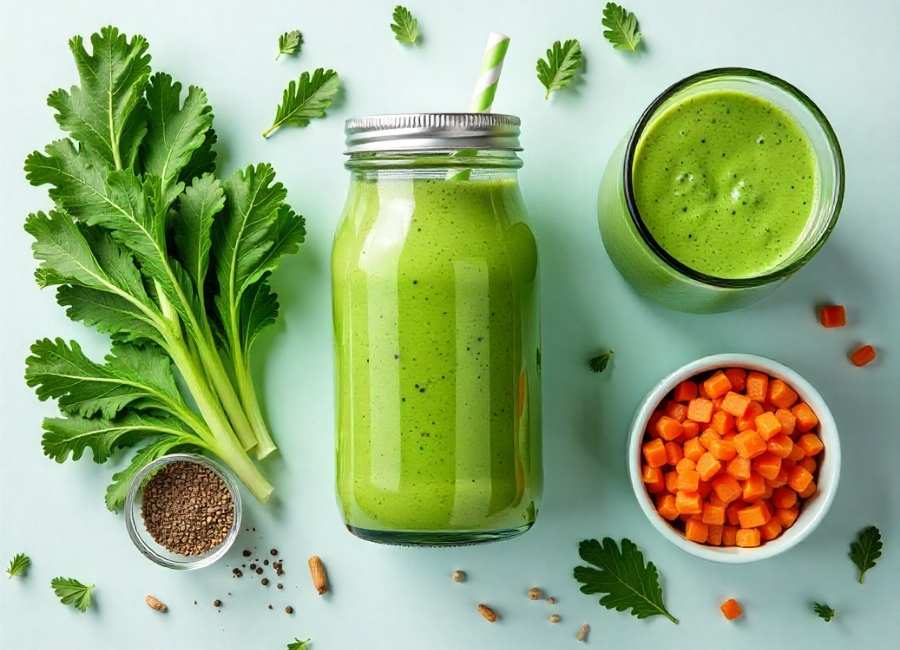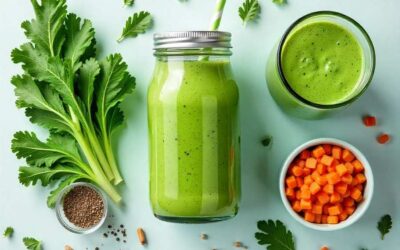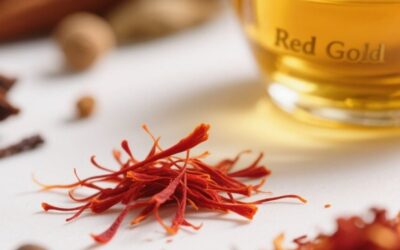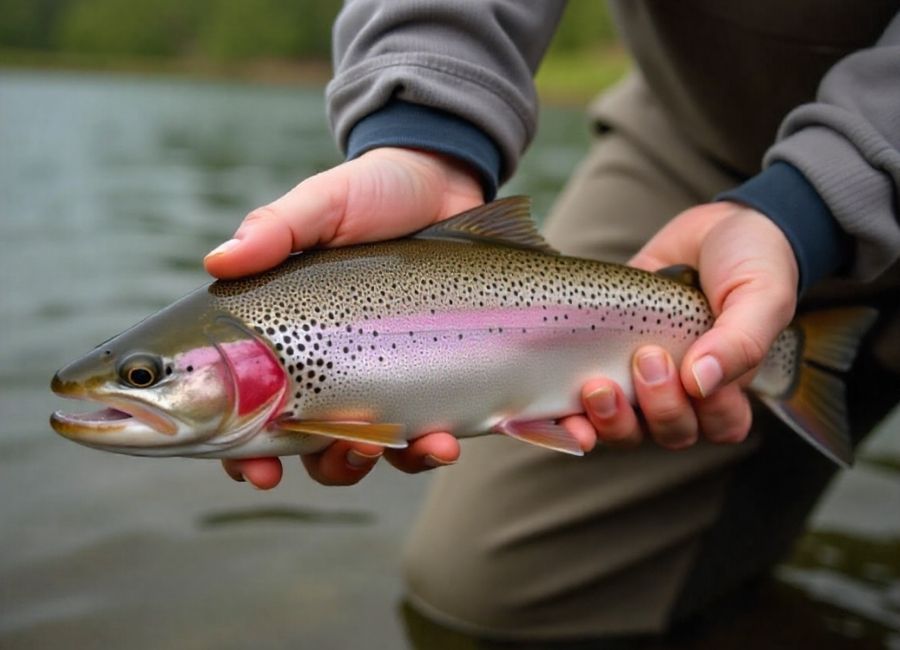Rainbow trout are often misunderstood in North America. If you ask ten anglers what they taste like, you’ll hear everything from “absolutely delicious” to “muddy and terrible.” This big difference in opinion is more than just personal taste; it shows there’s something about rainbow trout that many people miss.
The truth is, rainbow trout can be extraordinary table fare when they come from the right environment. But they can also be disappointing when sourced poorly. Their flavor depends entirely on where they live, what they eat, and how they spend their lives.
Suppose you’ve been curious about trying rainbow trout or wondering why your last experience didn’t live up to the hype. In that case, this guide will explain everything you need to know about rainbow trout flavor, quality, and preparation.
Understanding Rainbow Trout: The Most Adaptable Fish
Rainbow trout (Oncorhynchus mykiss) earned its reputation as North America’s most common trout species through remarkable adaptability. While other trout species like brook trout or cutthroat trout require pristine, cold, flowing water to survive, rainbow trout can thrive in everything from mountain streams to warm city ponds.
This adaptability makes them incredibly successful. Because rainbow trout can adapt so well, they thrive as a species. However, this same adaptability leads to the flavor differences that confuse many people. Unlike fish that need specific habitats, rainbow trout eat whatever is around and adjust to their environment.e, texture, and overall eating quality. A rainbow trout from a cold, clean river will taste completely different from one raised in a fish farm or stocked in a municipal pond.
Wild Rainbow Trout: When Everything Goes Right
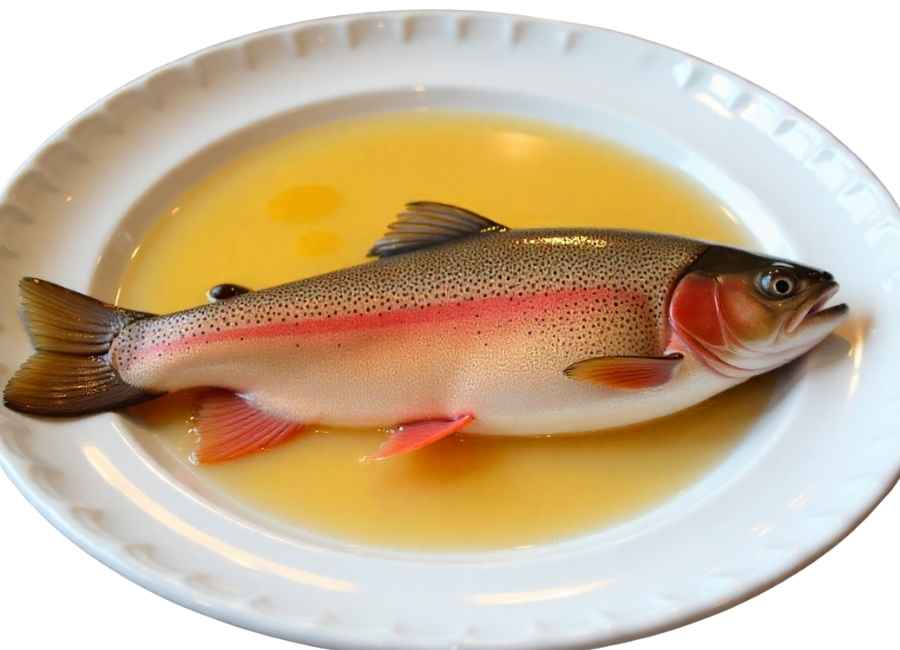
Wild rainbow trout represent this species at its absolute best. These fish develop their flavor through constant movement, hunting, and a diverse natural diet.
Flavor Profile
Wild rainbow trout offer a mild, delicate flavor with subtle nutty undertones. They’re not aggressively “fishy” like some people expect from freshwater fish. Instead, they provide a clean, fresh taste that’s more complex than white fish like perch but less intense than salmon.
Texture and Appearance
The meat is firm yet flaky, with an attractive light pink to orange color that varies based on their diet. Wild trout that feed heavily on crustaceans and insects often develop more vibrant coloration.
What Makes Them Special
Wild rainbow trout are constantly searching for food, such as small fish, insects, crustaceans, and aquatic larvae. This varied diet gives them cleaner, more interesting flavors. Their active lifestyle also builds firmer muscles, which leads to better texture when cooked.int
Many lakes and ponds receive annual stockings of rainbow trout raised in hatcheries. While these fish make for easy catches, they rarely deliver the same eating experience as their wild counterparts.
The Hatchery Problem
Stocked trout grow up in crowded pens and eat only fish pellets made from processed ocean fish such as herring or menhaden. While this diet meets their nutritional needs, it often leads to bland or even muddy-tasting fish.
Texture Issues
The sedentary lifestyle in hatchery pens means these fish don’t develop the firm muscle tone of wild trout. The result is often soft, mushy meat that doesn’t hold up well to cooking.
When Stocked Fish Can Work
Stocked trout that spend significant time in their new environment can improve dramatically. If they’ve been in a lake or stream for several months, eating natural foods and exercising, their flavor and texture will be much better than those of recently stocked fish.
Farmed Rainbow Trout: A Mixed Bag
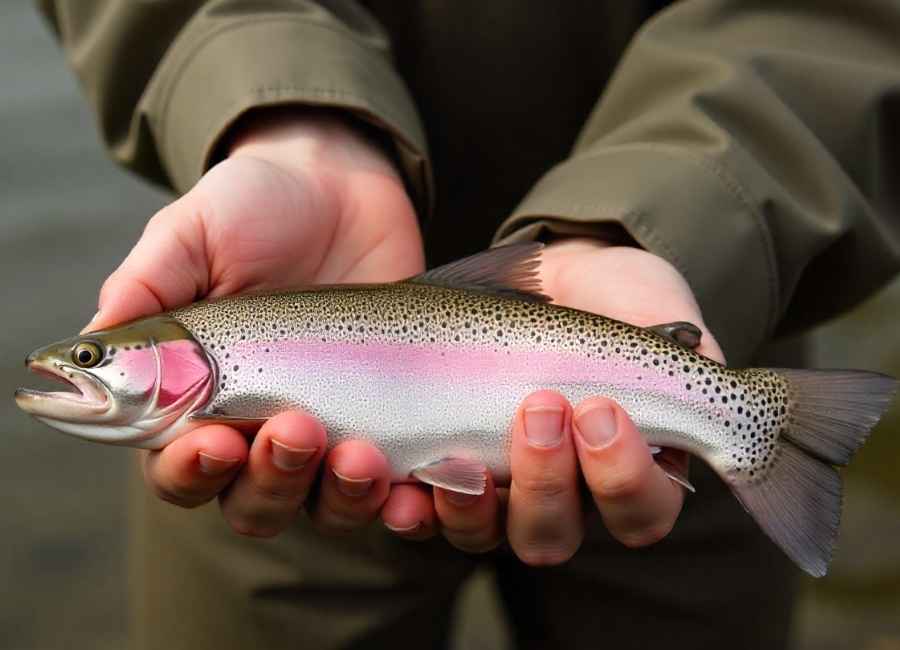
Commercial rainbow trout farming produces wildly inconsistent results. Some farms prioritize quantity over quality, while others work hard to replicate natural conditions.
High-Quality Farms
The best trout farms use flowing water, provide varied diets, and give fish enough space to exercise. These operations can produce excellent eating fish that rivals wild-caught trout.
Lower-Quality Operations
Farms that keep fish in crowded, still water and feed only pellets usually produce trout with poor flavor and texture. Sadly, it can be hard to know how trout were raised when you buy them in stores.
Rainbow Trout vs. Salmon: Understanding the Differences
Since both fish belong to the Salmonidae Family, comparisons between rainbow trout and salmon are inevitable. Understanding their differences helps set proper expectations.
Flavor Intensity
Salmon usually has a much stronger and more distinctive flavor than rainbow trout. The ocean gives salmon different food sources, and the saltwater adds to its briny taste.
Color and Fat Content
Salmon typically displays brighter orange flesh due to their marine diet. Rainbow trout are usually lighter pink, though this varies significantly based on diet. Both are fatty fish, but salmon generally contains more oils.
The Steelhead ExSteelhead are rainbow trout that travel to the ocean as adults. They develop bright orange flesh and a stronger flavor, much like salmon, which makes it hard to tell the two apart.
How to Cook Rainbow Trout for Best Results
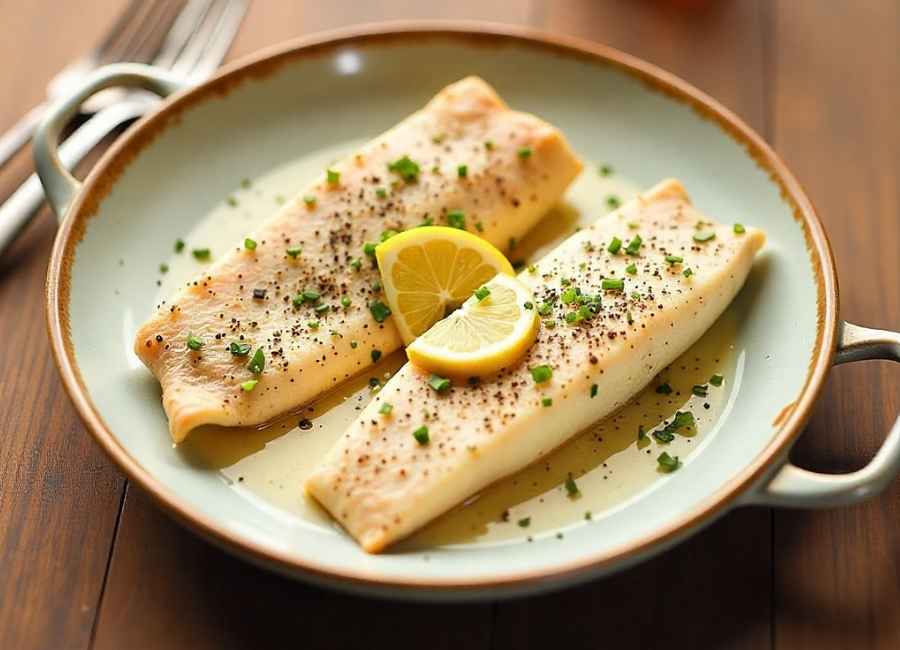
Rainbow trout have enough natural fat to make them easy to cook in many ways. The main goal is to bring out their natural flavor without covering it up.
Pan-Frying: The Classic Method
Pan-frying whole trout creates crispy skin while keeping the meat moist and tender. Pat the skin completely dry, season the cavity with butter, garlic, and salt, then stuff with lemon slices. Fry in butter for about five minutes per side until the meat flakes easily.
Other Excellent Preparations
- Baking: Gentle heat preserves delicate flavors
- Poaching: Maintains moisture and subtle taste
- Smoking: Adds complexity without masking natural flavors
- Grilling: Creates nice char while keeping meat moist
Seasoning Philosophy
The best approach: When you have good rainbow trout, keep things simple. Use basic ingredients like lemon, garlic, and butter to let the fish’s natural nutty flavor stand out. Please stay away from heavy spices or sauces that could hide its delicate taste. Preparing Rainbow Trout
Many anglers avoid eating their catch because they’re intimidated by the cleaning process. Rainbow trout are actually among the easiest fish to clean, requiring just a few simple steps.
The most efficient method involves making a shallow cut from the vent to the gills, cutting under the jaw to free the gills, then pulling everything out in one motion. This removes gills, pectoral fins, and internal organs simultaneously. Scrape away the dark blood line along the backbone and rinse thoroughly.
This technique keeps the fish intact for whole cooking methods while ensuring all unwanted parts are removed cleanly.
Making the Right Choice for Your Table
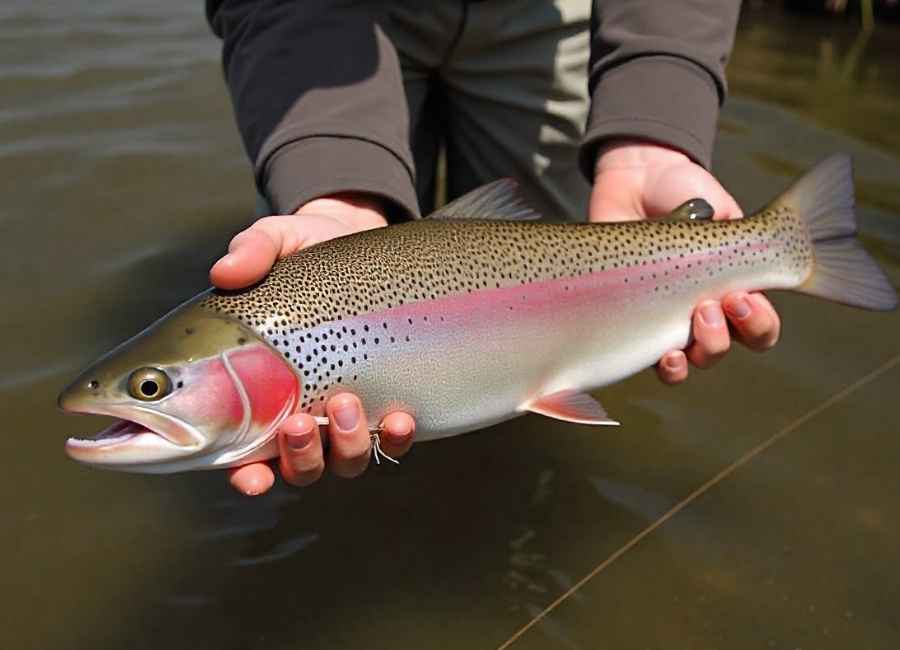
The key to enjoying rainbow trout lies in understanding their source and making informed decisions about which fish to keep.
Prioritize Wild Fish
When possible, target wild rainbow trout from cold, clean waters. These fish almost always provide the best eating experience.
Give Stocked Fish Time
If fishing stocked waters, look for fish that have been there for several months. They’ll have had time to develop better flavor and texture.
Research Commercial Sources
When buying farmed trout, try to learn about the farming practices used. Look for operations that emphasize water quality and natural feeding.
Know Your Waters
Local knowledge is invaluable. Talk to other anglers and fish local waters known for producing good eating fish.
Your Next Rainbow Trout Adventure
Rainbow trout can be truly delicious if they come from a good source. The strong opinions about their taste show how much quality can vary between different fish.
Don’t let one bad experience with rainbow trout turn you away from this species entirely. Instead, seek out wild fish from cold, clean waters and prepare them to let their natural flavors shine.
Whether you’re planning a fishing trip or thinking about buying rainbow trout at the store, knowing what affects their quality will help make your next meal memorable for all the right reasons.y, gooey, and packed with flavor.










